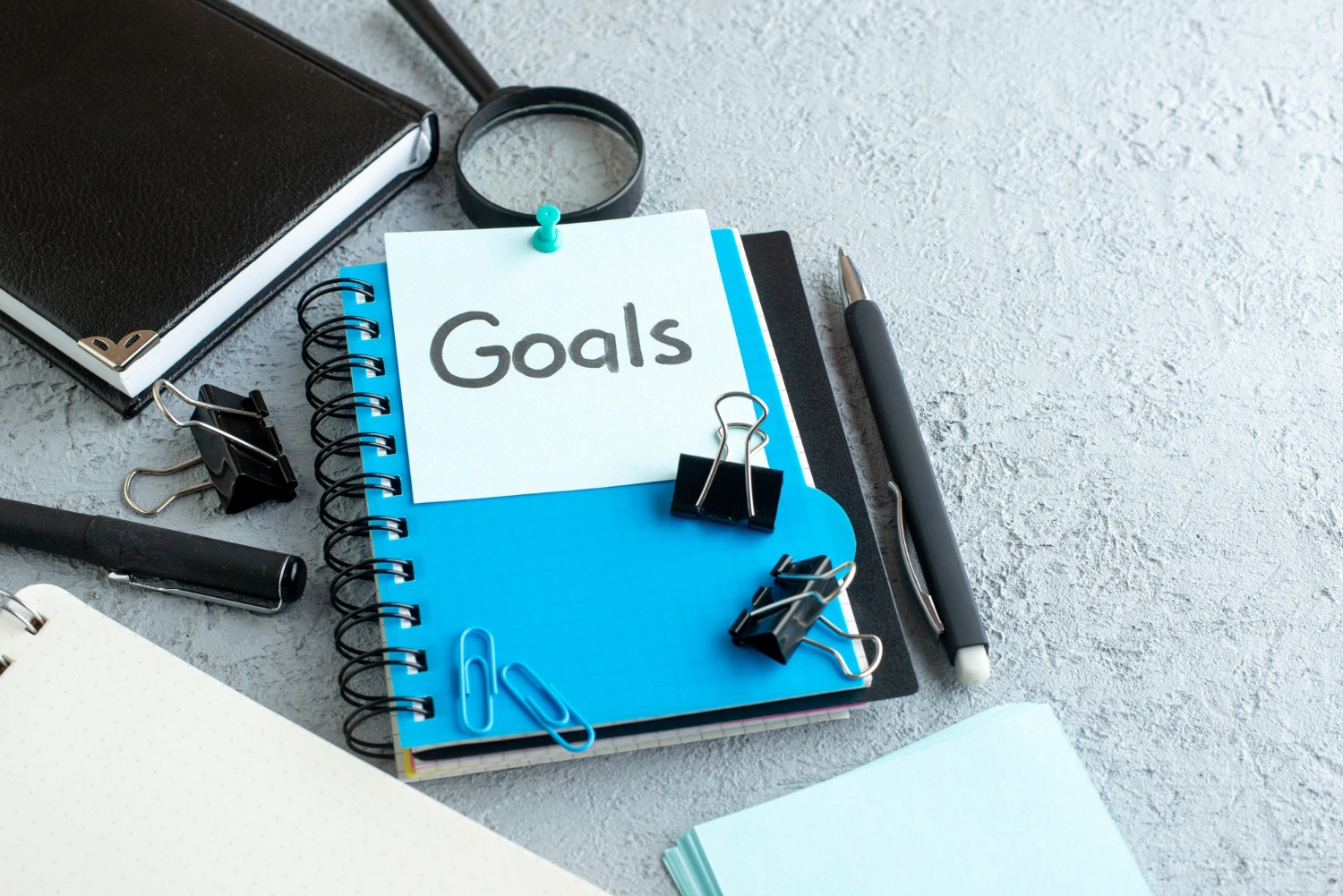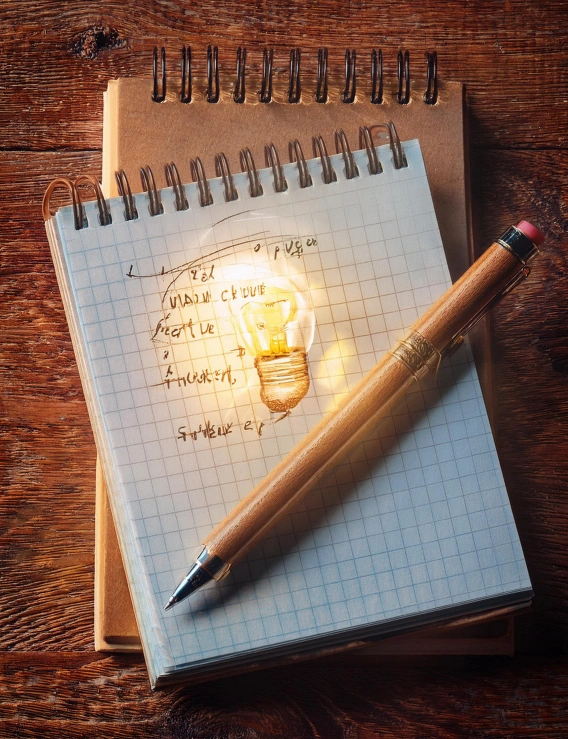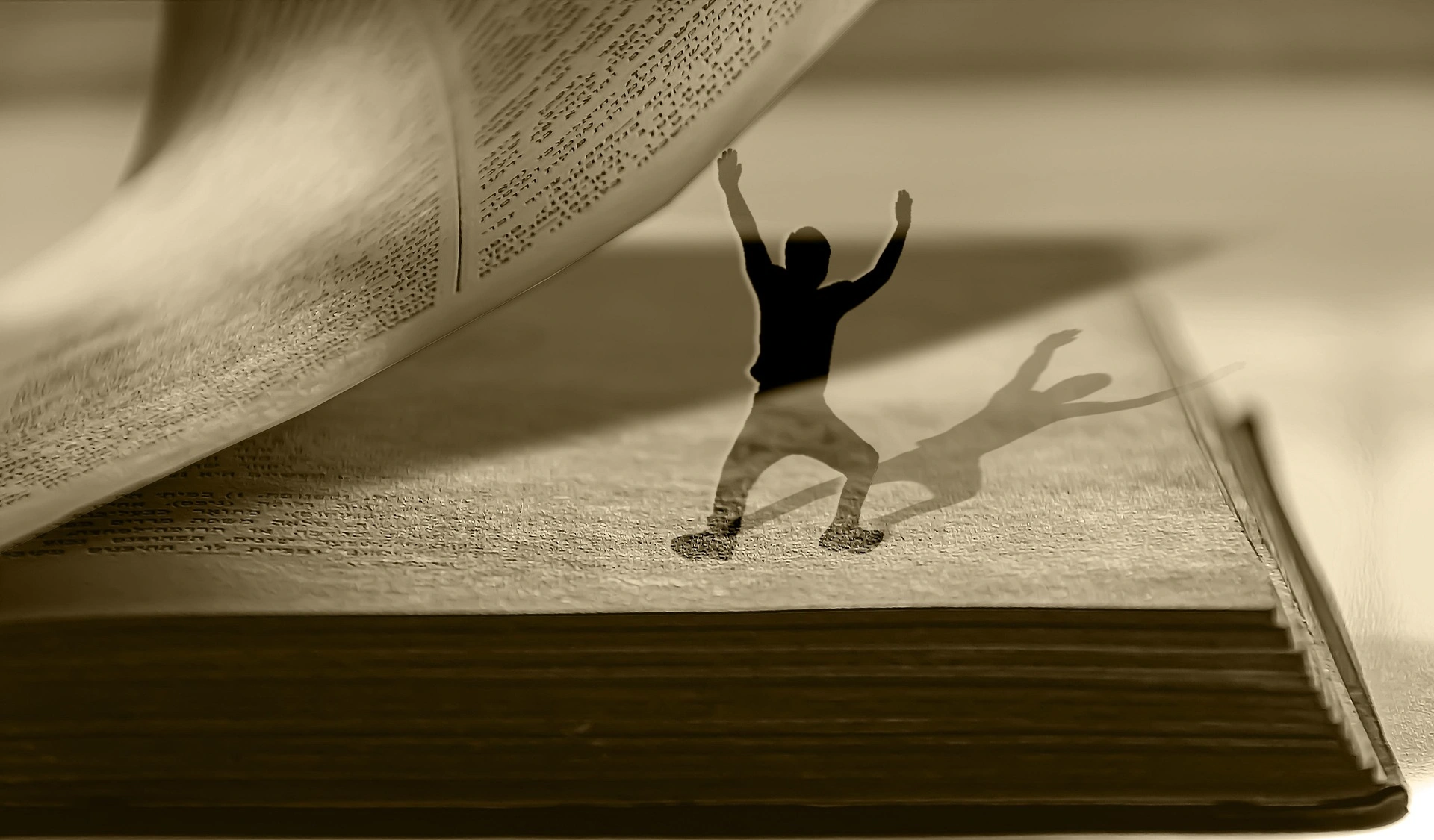Unlocking Creativity
A GUIDE TO REDISCOVERING YOUR SPARK
By Reham Ahmed Hassan

Creativity is the driving force behind innovation, art, and problem-solving. It allows us to envision possibilities beyond conventional thinking and transform ideas into reality. However, even the most imaginative minds encounter creative blocks periods of stagnation where inspiration seems out of reach. Understanding creativity and how to navigate these blocks can help individuals reignite their creative potential and continue producing groundbreaking work.
The Essence of CreativityCreativity is a dynamic process where the brain merges logic, experience, and imagination to generate innovative ideas and solutions. The phrase “think outside the box” captures the essence of this process, encouraging individuals to break free from habitual thought patterns and explore unconventional possibilities.
For example, decorating a living room using normal thinking might lead to a traditional arrangement with a sofa set, coffee table, and TV unit. In contrast, creative thinking could involve incorporating hanging chairs, movable furniture, and a projector screen that doubles as wall art, transforming the space into a multifunctional and engaging environment.
Understanding Creative BlockCreative block occurs when an individual struggles to access their creative potential, experiencing a lack of inspiration or motivation. As Emily Wassell describes in her guide on watercolors, creative block often feels like hitting an invisible wall. Artists, writers, and professionals alike encounter this challenge, with effects ranging from momentary hesitation to prolonged stasis that hampers progress.
The encouraging news is that creative block is not a permanent state. By reframing failure, embracing small victories, seeking inspiration in unexpected places, and prioritizing physical and mental well-being, individuals can rekindle their creative spark. Rather than being an endpoint, creative block is a temporary pause that can lead to breakthroughs.
Reframing Failure: A Catalyst for Growth Fear of failure is one of the biggest obstacles to creativity. However, failure is an essential part of the creative process. Instead of viewing it as a setback, it can be reframed as an opportunity for learning and growth. Every misstep offers valuable insights that bring creators closer to success. Franklin D. Roosevelt famously stated, “The only thing we have to fear is fear itself.”


Fear paralyzes creativity, but confronting it can be transformative. Kurt Hanks and Jay A. Parry highlight this concept in Wake Up Your Creative Genius “. The person who becomes afraid of things that don’t yet exist (and probably never will) is showing the power of his imagination.
His mind is obviously strongly creative! The only problem is that the person’s creative abilities are turned in the wrong direction into worries instead of solutions.” By shifting focus from negative outcomes to creative possibilities, individuals can channel their imagination into productive ideas rather than self-doubt.
Start Small and Build MomentumWhen facing a daunting project, breaking it into smaller, manageable tasks can be incredibly effective. Completing even a small portion fosters a sense of achievement and builds momentum. For example, a writer struggling to complete a novel can begin by drafting a single paragraph or brainstorming character names.
These incremental steps create progress, making the larger goal feel more attainable. MindPeers emphasizes the importance of setting realistic, clear goals to avoid feeling overwhelmed by perfectionism or unrealistic expectations. Progress, not perfection, should be the ultimate aim. Seeking Inspiration in Unexpected PlacesStepping away from routine can spark creativity.
Inspiration often emerges from unexpected sources, whether it be a visit to a museum, exploring an unfamiliar book, or taking a walk in nature. In Where Good Ideas Come From, Steven Johnson notes, “Most great ideas come into the world half-baked, more hunch than revelation.” Exposure to diverse experiences fosters serendipitous moments of creativity. Trying new artistic mediums can also be beneficial. A painter might experiment with photography, while a writer might explore poetry.
Engaging in low-pressure creative activities such as doodling, journaling, or playing an instrument can cultivate a stress-free mindset that enhances innovation. Caring for the Body and Mind. Physical and mental well-being play a crucial role in creative productivity.
Research indicates that regular physical activity increases dopamine levels, which boost motivation and focus. Even moderate exercise, like a 20-minute walk, can enhance cognitive function and improve mood. Additionally, proper sleep and nutrition support brain health, ensuring optimal creative performance.
Mindfulness practices, such as meditation and deep breathing, help quiet inner criticism and create mental space for fresh ideas. When the mind is calm and open, creativity flourishes. Must Read Books for Creative RenewalFor those looking to deepen their understanding of creativity and overcome creative blocks, the following books offer valuable insights: Where Good Ideas Come From by Steven Johnson This book explores the environments that nurture creativity, emphasizing serendipity, collaboration, and open networks.
Wake Up Your Creative Genius by Kurt Hanks and Jay Parry A guide to unlocking creativity through engaging exercises and fresh perspectives. “The Only Thing We Have to Fear Is Fear Itself” Inspired by Franklin D. Roosevelt’s famous speech, this work examines the psychology of fear and its impact on creativity.
The Luminous Novel by Mario Levrero A humorous and honest reflection on the struggles of creative work and the process of capturing the ineffable. Scratched by Elizabeth Tallent A memoir exploring perfectionism’s effect on creativity and the journey toward embracing imperfection. ConclusionCreativity is an ever-evolving process that requires resilience, curiosity, and self-compassion.
While creative block can be frustrating, it is not an insurmountable obstacle. By reframing failure, starting small, seeking inspiration, and prioritizing well-being, individuals can reignite their creative spark and continue innovating. Rather than fearing creative pauses, embracing them as opportunities for growth can lead to profound breakthroughs and a renewed passion for creative expression.




